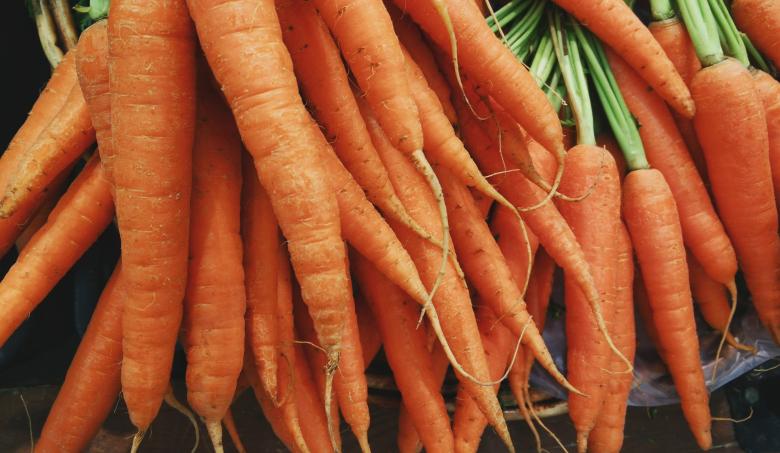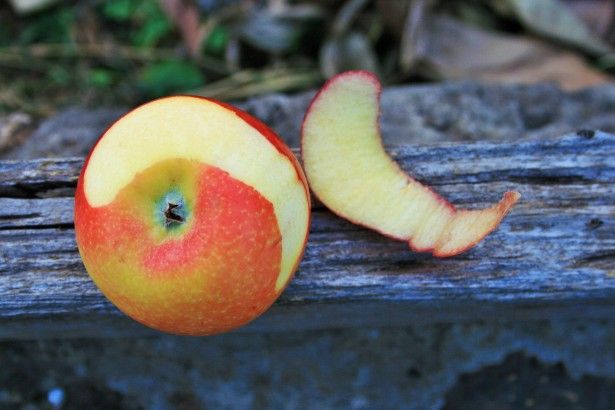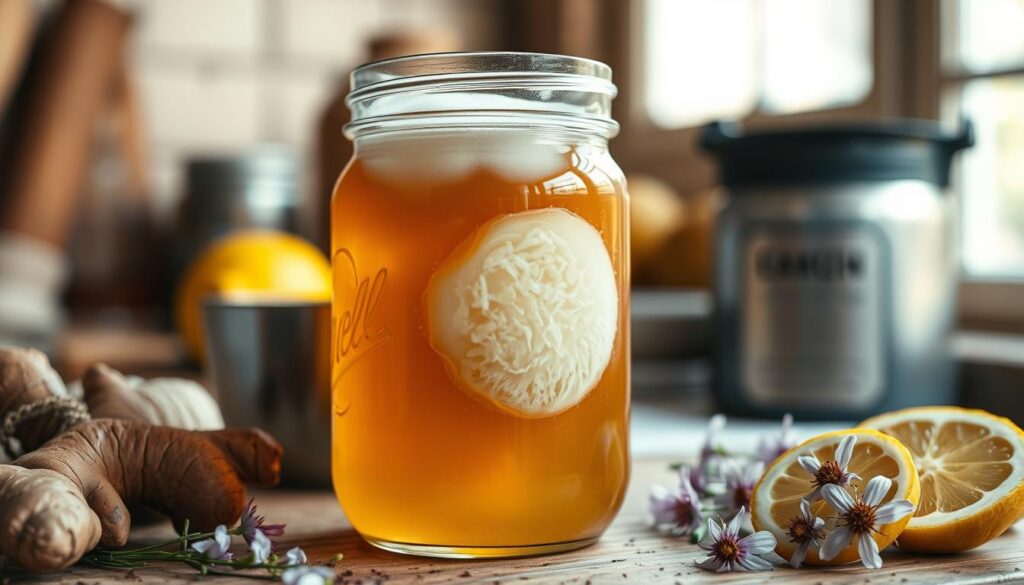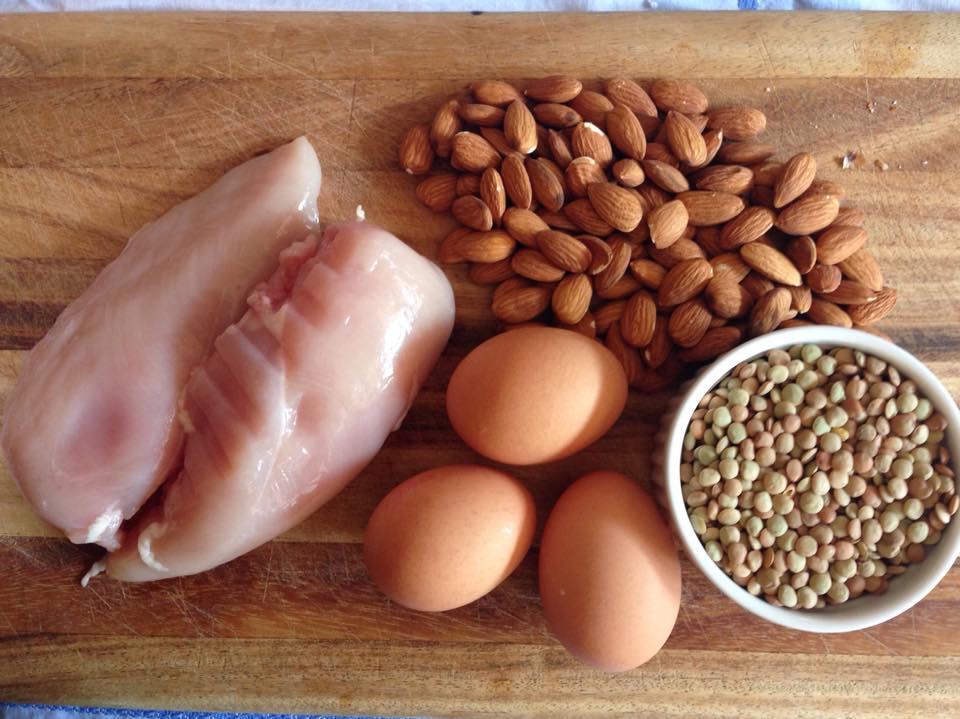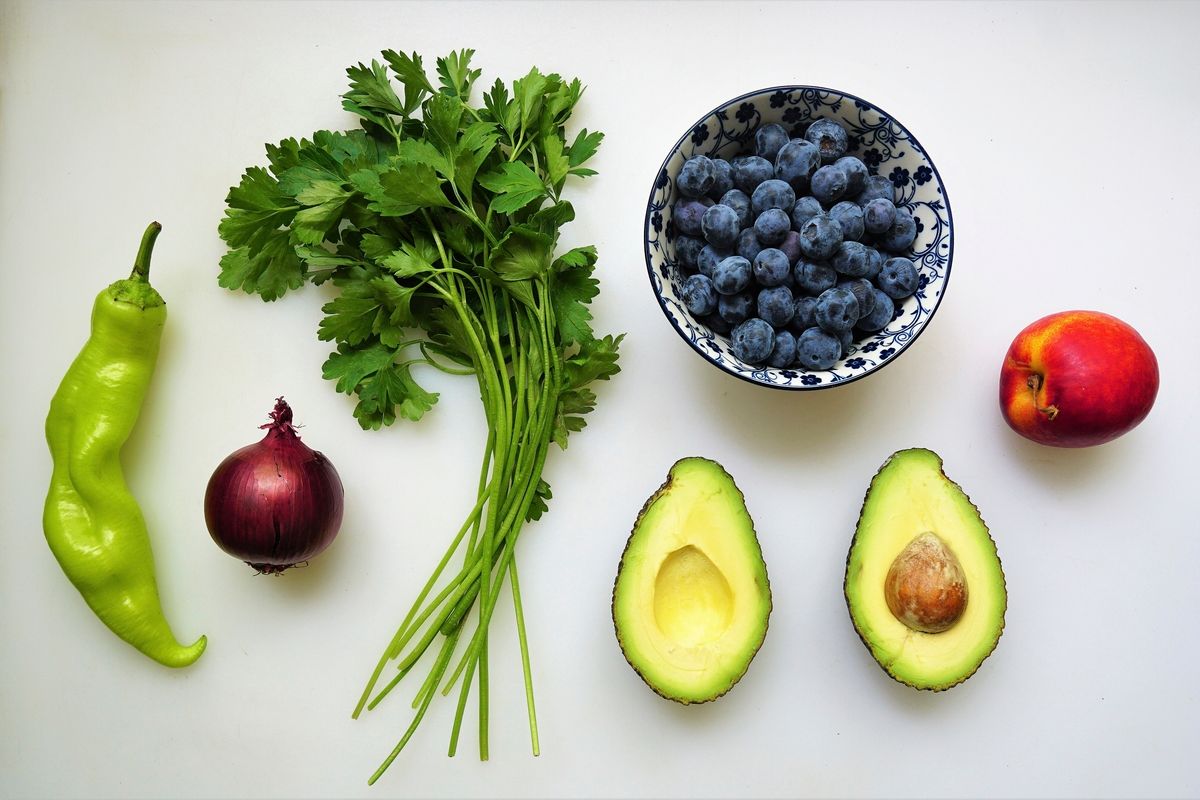
Iron: The Real Steel in Your Diet
- Oct 18, 2025
Our bodies yearn for iron to fuel hemoglobin, the oxygen-carrying VIP in red blood cells, as noted by diet guru Suzie Finkel, the brains behind Well Digested Nutrition. Iron's resume flaunts a whole spectrum of essential functions such as energy production, respiratory processes, and aiding growth and development. If you shirk your iron intake, you’d be setting the stage for iron deficiency anemia, a nasty condition characterized by breathlessness, speedy heart rate, frosty extremities, lackluster hair, brittle nails, and the complexion of a sheet of paper.
Now, dietary iron comes in two flavors: heme and non-heme, as per the National Institutes of Health. Heme iron socializes exclusively with the carnivorous crowd - the meats, the fishes, and the poultries - while non-heme iron parties with fruits, veggies, dried beans, nuts, and grains (also available as pills, if you're lazy).
Prepare yourself a warm welcome to iron deficiency anemia when you've been expecting a baby, endured blood loss, neglected dietary iron, or simply failed at iron absorption. Under such scenarios, pop an iron supplement, and you're back in action, but only with your doctor's nod.
The secret to maintaining an enviable iron balance? Know your enemies. Here are six potential iron assassins that you should dodge two hours before or after you feast on iron-rich nourishment:
Eggs: While a breakfast staple, eggs are undercover agents in the war against iron absorption, thanks to phosvitin. This sneaky protein handcuffs iron molecules together, blocking their passage into your system. Say hello to a 28 percent drop in iron absorption with just one innocent boiled egg, warns the Iron Disorders Institute.
Calcium-fueled items: If you chug milk like water, you might want to rethink. Blame calcium - the only substance thumbing its nose at both heme and non-heme iron absorption. Sipping an 8-ounce glass of skim milk offers about 300 milligrams (mg) of calcium, enough to unleash havoc on your iron levels. Down more than a 1-ounce serving of cheese, and you're actively hammering your iron absorption.
Oxalate-infused foods: If coupling meals with tea is your religion, brace for an iron-deficiency. Oxalates, resident troublemakers in tea, spinach, kale, beets, nuts, chocolate, wheat bran, rhubarb, strawberries, and even some herbs, take pleasure in sabotaging your non-heme iron intake.
Polyphenol-heavy edibles: Coffee and cocoa might sound like heaven but they're devils in disguise. These polyphenols-rich bevies can stifle your iron absorption while patting themselves on the back for expunging harmful free radicals from your body.
Walnuts: These vibrant nuts play the villain when it comes to iron absorption. Low levels of phytates (found majorly in walnuts) suffice to dampen your body's iron-assimilating capacity by about 50 percent to 65 percent.
Medications: Surprise, surprise! They might not be a food but they do play a massive role. Medicines designed to slash acid production in your stomach could sneakily dilute your iron absorption, taking us back to square one. So, beware!

